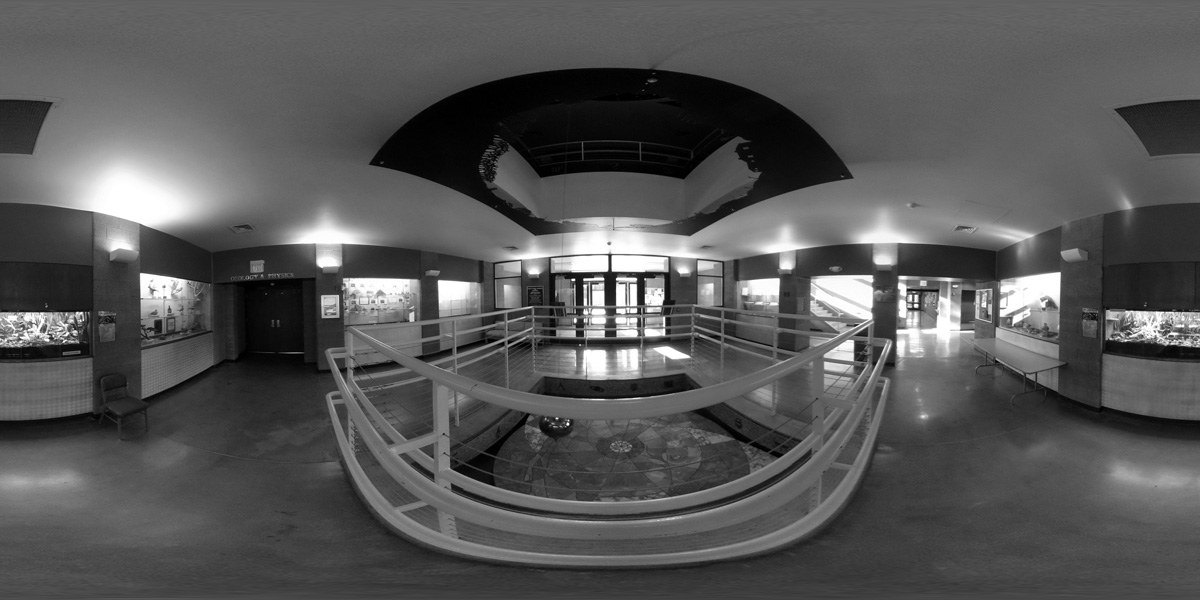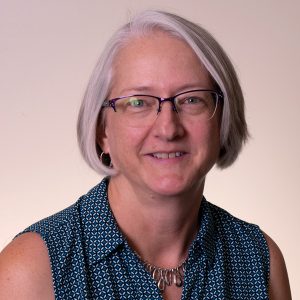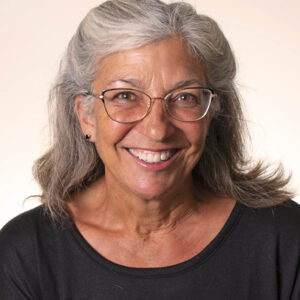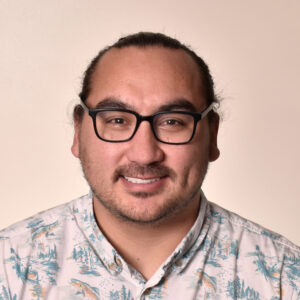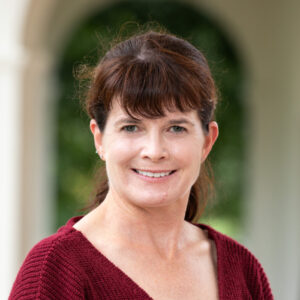Biology
Bachelor of Arts and Bachelor of Science
Bachelor of Arts and Bachelor of Science
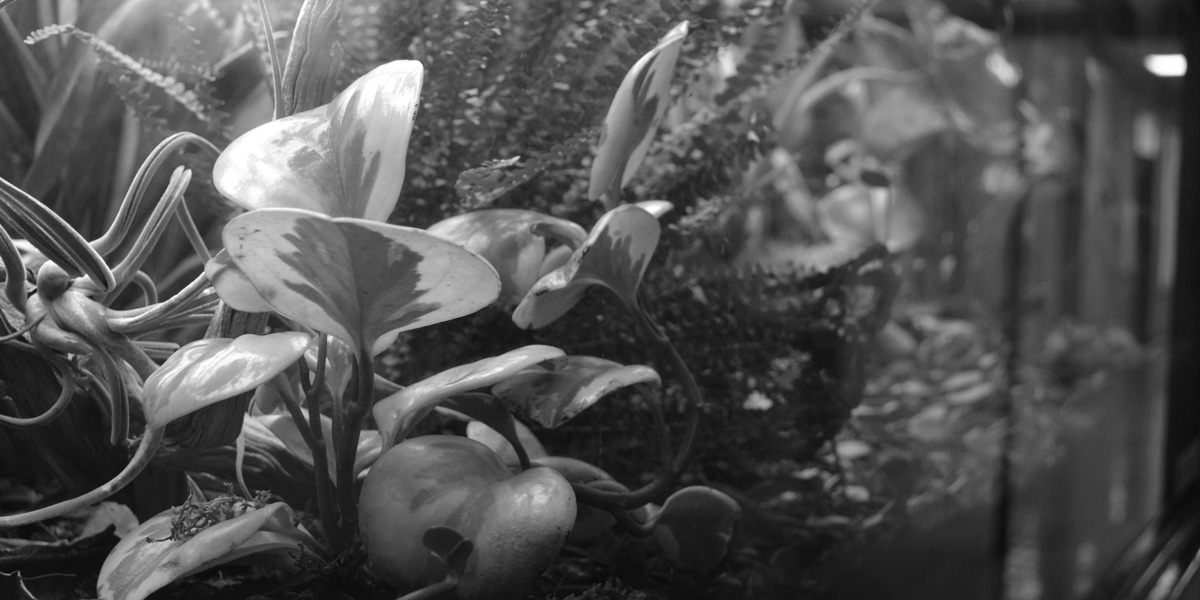
An herbarium is a collection of plant specimens that are carefully preserved and mounted on sheets of paper labeled with important information such as scientific nomenclature, description, date and location collected. Herbaria can be used to study plant taxonomy, geographic distributions and how they may change over time, and in some cases, genetic data can be generated from herbarium specimens. The Adams State Herbarium houses 8,000 specimens of mainly plants collected in Colorado and northern New Mexico. For more information or to request access to the collection, please contact Dr. Benita Brink.
The Biology curriculum at Adams State is focused on the progressive development of students both as biologists and, more generally, as scholars. During the first two years, the curriculum is highly structured beginning with the establishment of a general foundation in biology and chemistry in the first year and continuing with more rigorous and sophisticated coverage in the Intermediate Block courses taken during the second year.
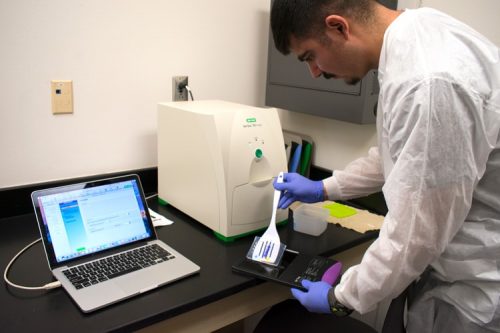
Opportunities for our undergraduates to participate in large-scale research.
